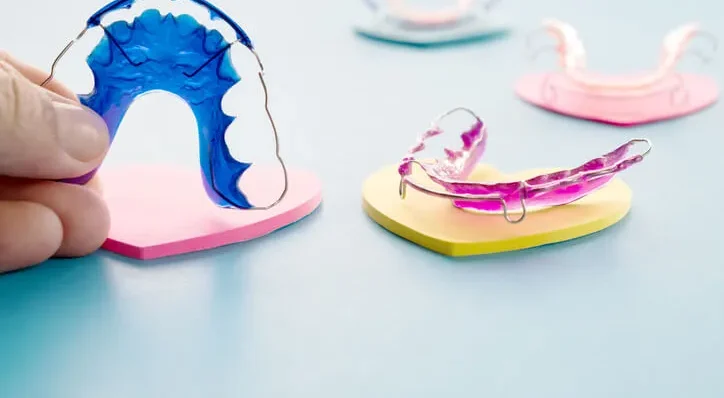The purpose of this systematic review was to evaluate the clinical effectiveness of space maintainers and space regainers in preventing and correcting dental arch reductions in children during the mixed dentition phase. Mixed dentition is a transitional period where both primary (baby) and permanent teeth are present, often leading to dental crowding or arch space issues. Space maintainers are devices used to preserve the space left by a prematurely lost tooth, while space regainers are employed to reclaim space lost due to dental arch constriction. Understanding the effectiveness of these devices is crucial for optimal dental health in children.
Methods
A comprehensive electronic search was conducted across five major databases: Cochrane Database for Systematic Reviews, EBSCO Host, ScienceDirect, PubMed, and Scopus, covering publications up until February 2021. Additionally, six relevant dental journals were manually searched. The inclusion criteria for studies in this review were strict, focusing on Randomized Controlled Clinical Trials (RCTs), Controlled Clinical Trials (CCTs), cohort studies, and case-control studies involving children in the mixed dentition stage. Specifically, the review targeted children who required a space maintainer or a space regainer, had mild to moderate dental crowding, and exhibited a Class I or mild Class II or III skeletal pattern.
The selection process for relevant articles was rigorous. Three independent teams of investigators reviewed all included studies to assess the risk of bias using two specific tools: the Cochrane risk of bias tool RoB 2.0 for RCTs and the ROBINS-I tool for non-randomized studies. These tools helped to ensure that the findings were reliable and that any potential bias was carefully considered.
Results
The systematic search process was conducted in three phases, resulting in 11 studies being included in the final analysis. Of these, nine studies investigated the use of space maintainers, particularly the lower lingual arch, while two studies focused on space regainers, specifically a lip bumper and a transpalatal arch. The results from these studies were mixed, with some showing positive outcomes while others did not. Four studies involving space maintainers and one study using a space regainer demonstrated a significant increase in arch length, indicating some effectiveness in addressing dental arch issues.
However, the quality of the evidence was a concern. Among the 11 studies, one was categorized as having a critical risk of bias, two had a serious risk, and eight were deemed to have a moderate risk of bias. This variability in study quality limits the strength of the conclusions that can be drawn from the review.
Conclusions
The findings of this systematic review suggest that there is very low evidence supporting the effectiveness of space maintainers and regainers in preserving dental arch length and preventing mild to moderate crowding in children during the mixed dentition stage. While some studies showed positive results, the overall evidence is weak, largely due to the varying quality of the included studies and the risks of bias identified.
Furthermore, the review highlights a potential trade-off between preserving arch length and the proclination of lower incisors, which could have long-term implications for dental alignment. Given these limitations, the review concludes that more high-quality studies are urgently needed to provide clearer guidance for dental practitioners. Future research should aim to include larger sample sizes, longer follow-up periods, and more rigorous study designs to better assess the effectiveness of these orthodontic interventions in children.
Source: Pubmed

